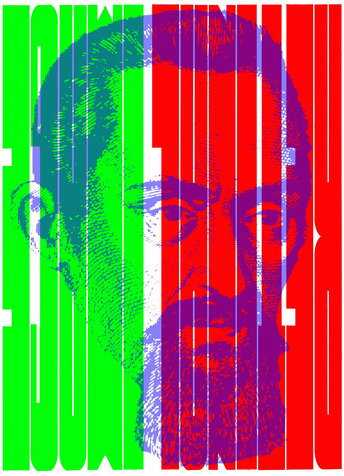Johannes Kepler1571–1630
Kepler is noted in visual science for indicating how an image is focused on the retina, and he made an explicit distinction between the physical optics of image formation and the psychological optics of vision. He is portrayed in the letters RETINAL IMAGE which are inverted and reversed. The colours correspond to those described in the image formed on the retina: “I say that vision occurs when an image of the whole hemisphere of the world that is before the eye, and a little more, is set up at the white wall, tinged with red, of the concave surface of the retina… Thus vision is brought about by a picture of the thing seen being formed on the concave surface of the retina. That which is to the right outside is depicted on the left on the retina, that to the left on the right, that above below, and that below above. Green is depicted green, and in general things are depicted by whatever colour they have.... the greater the acuity of vision of a given person, the finer will be the picture formed in his eye.” Physical optics came of age in the seventeenth century. In addition to his Ad Vitellionem Paralipomena of 1604, Kepler wrote Dioptrice in 1611. In the first of these he added many things to Witelo’s perspective, both experimentally and theoretically. Amongst them was the formulation of the basic principle of photometry that the intensity of light diminishes with the square of the distance from the source. Kepler devoted considerable attention to refraction in Dioptrice, but he did not determine the general sine law. Willebrord Snell (ca. 1581-1626), in an unpublished manuscript written around 1621, described the relationship between angles of incidence and refraction, upon which the subsequent technical advances in optical instrument manufacture were based. He did not use sines in his formulation, but the dimensions that he described are equivalent.
